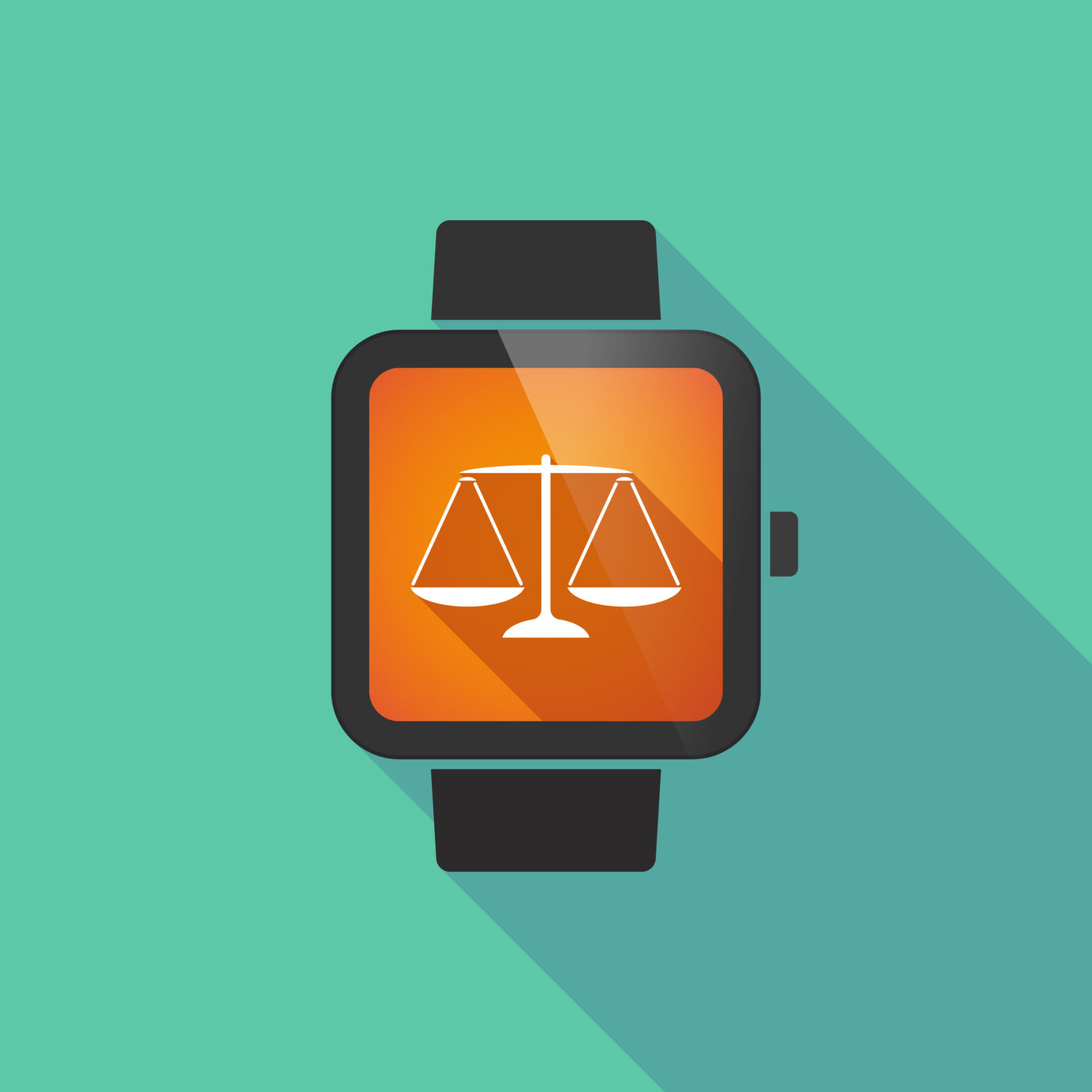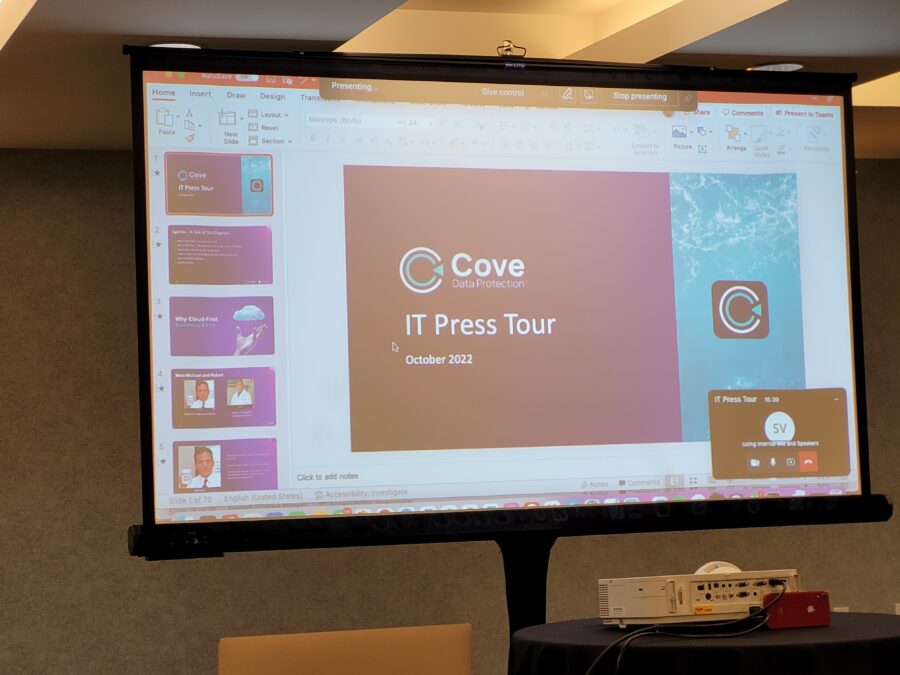Necessity is the mother of invention. But, innovation in the legal space is seldom confused with the bleeding edge. When it comes to information recorded by wearable technology, many issues arise simply around the unique logistics associated with handling this data as potential evidence.
How do we gather it and effectively present it to an attorney are just two of the most basic questions. Often a slow moving, risk averse, complicated bunch; most attorneys are playing by rules that were put in place before technology was around. Millions of dollars could lie in the balance, or worse, people going to jail.
Take the early days of electronic discovery for example. When attorneys started asking their clients to provide them with the documents necessary to make their case, they were told everything could be found in their company’s mail server.
> See also: The next customer frontier: how wearables are going mainstream in retail
Up to that point, all documents were traditionally found in paper form. The paper solution consisted of copying the originals multiple times, so you always had a pristine set. The source documents, or originals, would go back to the corporation to avoid a long term business impact.
Hard copy sets would be reviewed by teams of attorneys to weed out the junk in order to identify those documents that were relevant to the case. This is an oversimplification of the discovery process, inherent with nearly all litigation.
The legal support industry is no stranger to the 'this is how we’ve always done it,' modus operandi. As such, a paper solution was applied to a technology problem when emails were first being introduced as potential sources of evidence.
This solution consisted of printing out every email, attachment and digital file. Printouts would be scanned and the images were loaded into a database used as the foundation for a searchable index. This solution was not very eloquent, efficient, or cost-effective by any means.
Fast forward to 2015. The explosion of the information age has led to the adoption of broad standards regarding data handling and the creation of specialised software. This new business, known as e-discovery, has grown at an alarming rate since the late 90’s and is projected to eclipse the 20 billion dollar mark by the end of the decade.
Combine this with some projections stating the wearable technology market may exceed 5 billion dollars by 2018 and this is a recipe for a logistical nightmare that affects IT managers, privacy officers, compliance teams, third party vendors, technical specialists, attorneys and end-users alike. Every hand that is required to move the data through the discovery process comes with a cost.
The technology solutions currently available in the market place largely pivot around the collection, normalisation, indexing, hosting, and conversion of email data. In just the last few years, new platforms have been developed to assist with the same process for information sourced from mobile devices and cloud services.
Today, there is still a large gap in the structured data realm, such as SQL or Oracle databases that do not create individualised documents but rather aggregate data that tells a story through complex relationships.
Similar to how the printer and scanner were the only tools available a few decades ago, there are not many turnkey solutions available to react to this new deluge of data that will need to be considered.
Data sourced from wearables presents many new challenges to the business of litigation. When it comes to email and corporate data storage there is seldom any question as to where the data is housed, who is in control of it, who can retrieve it, and how it can be collected in a defensible manner. This is further confused by new file types and formats that are slowly finding their way into litigation.
A fitness band is a simple enough example of how complicated things can get. The device itself holds some data, but quickly offloads it via Bluetooth to a smartphone which then uploads this data to the cloud in the form of numeric values that are inputted into tables in some database.
The values are calculated (and may also be manipulated or materially altered), rolled up into a simplistic dashboard, and is then presented to the end-user if, and only if, he or she has set up an account to access this service.
There are going to be difficult questions to answer using the currently available toolset. These include the location of the data, the data form, custodial access, method of collection, and data presentation.
If history is a predictor of the future, the legal industry will not be an early adopter of new technology solutions. Improvised solutions will solve the issues presented by a single individual, however, they won’t address the enterprise.
> See also: How to build a unified mobile strategy for the wearable age
Imagine if your entire labor force is wearing Fitbits because they get a discount on their health insurance. An enterprise solution to respond to discovery requests will quickly cost thousands if not millions of dollars.
The best course of action for companies exploring the use of wearables is to examine their current 'BYOD,' or bring your own device, policies currently in place. It is likely that most wearables will fall under the same umbrella.
If the organisation is asking its employees to use wearables as part of their job function, a true information governance policy should be considered first. Conduct a trial run to identify the obstacles that will be encountered within the unique use of these devices.
Then knock on wood and hope it happens to someone else first. Courts have become less and less forgiving these days. Pleading ignorance is not as acceptable as it once was. The best plan is to call in an expert consultant who knows the questions to ask that most haven’t thought of yet.
Sourced from Kristopher Wasserman, VP, Client Services, eQ







